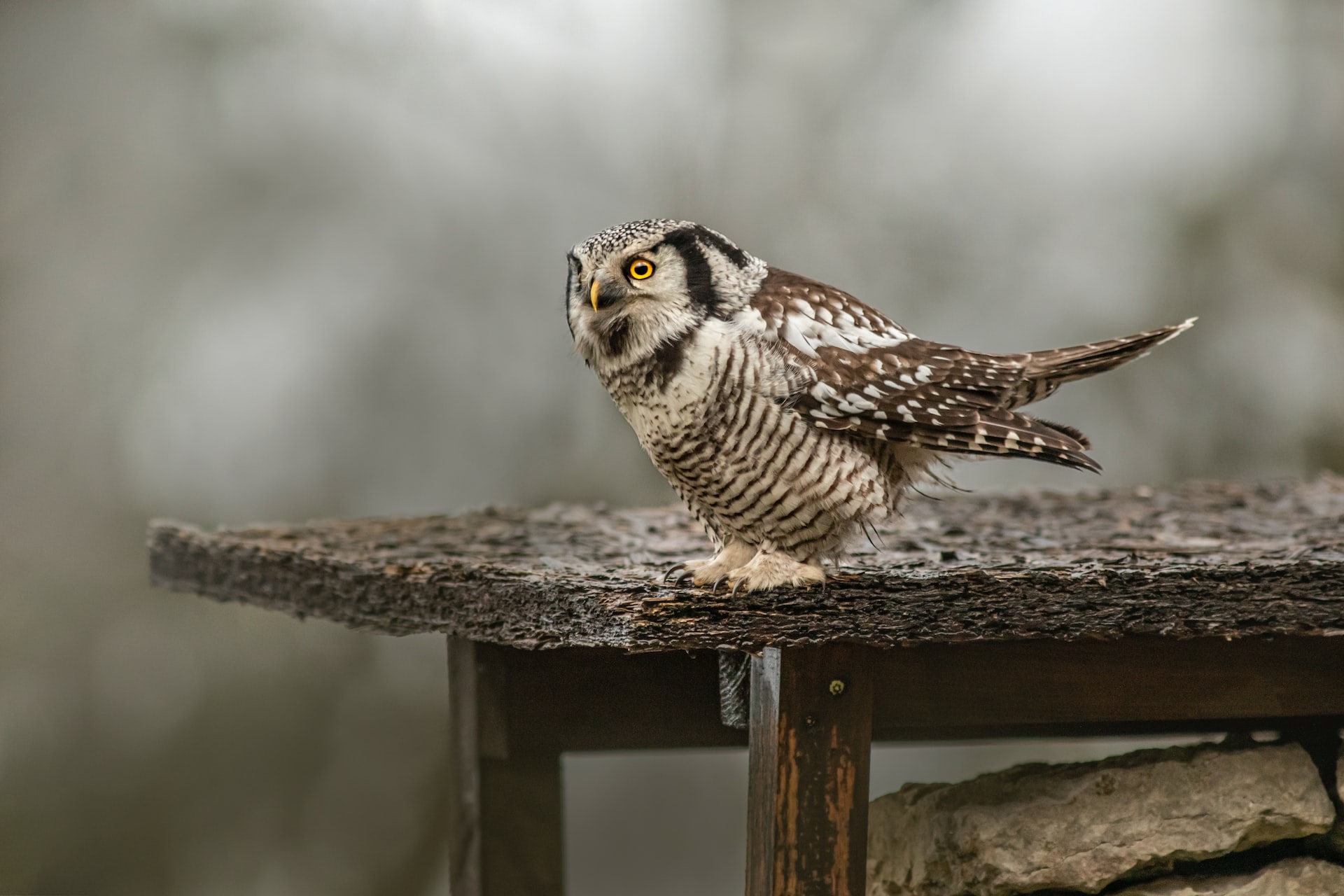Birds are some of the most fascinating creatures on the planet, and one of their most unique characteristics is their ability to migrate across vast distances. These migrations have been studied for centuries, and while much is known about the patterns of migration in different species, there is still much to be learned about the reasons behind these movements and how they are affected by environmental factors.

Migration patterns of birds are a global phenomenon, with millions of birds flying thousands of miles every year in search of food, breeding grounds, and warmer climates. While some birds are known to migrate within a single country, many others travel across entire continents and even cross oceans to reach their destination. This essay will explore the migration patterns of birds, including the reasons behind their movements, the challenges they face, and the impact of climate change on their behavior.
One of the primary reasons that birds migrate is to find food. Many species of birds are adapted to feeding on certain types of insects, seeds, or other food sources that may not be available year-round in their home range. For example, some species of warblers that breed in North America travel south to Central or South America during the winter months to feed on insects that are abundant in those regions. Similarly, many species of ducks and geese that breed in the Arctic travel south to warmer regions during the winter months to feed on aquatic plants that are more plentiful in those areas.
Breeding is another major reason that birds migrate. Many bird species require specific conditions for breeding, such as particular types of vegetation or nesting sites. These conditions may only be present in certain regions during specific times of the year, so birds must migrate to these areas to successfully breed. For example, many species of shorebirds breed in the Arctic during the summer months and then migrate to coastal areas during the winter to feed.
Migratory birds face a number of challenges during their journeys, including predation, disease, and habitat loss. Predators such as hawks and eagles may target migrating birds, particularly those that are weakened or injured. Diseases such as avian influenza can also pose a threat to migratory birds, particularly when they congregate in large flocks during their journeys. Habitat loss, caused by human development and climate change, is another major challenge facing migratory birds. As natural habitats are destroyed or altered, birds may be unable to find suitable food or nesting sites, which can have a significant impact on their populations.
Climate change is also affecting the migration patterns of birds in a number of ways. Warmer temperatures are causing some species of birds to shift their migration patterns or to stop migrating altogether. For example, some species of birds that once migrated from North America to Central or South America are now staying in the United States during the winter months, where temperatures are no longer as cold as they once were. This can have a significant impact on the ecosystems where these birds once fed and bred, as well as on the bird populations themselves.
In addition to changing migration patterns, climate change is also affecting the timing of migrations. Some species of birds are now migrating earlier or later than they once did, as a result of changes in temperature or the availability of food. This can have a significant impact on the success of breeding, as birds may arrive at their breeding grounds before or after the optimal time for nesting.
In conclusion, the migration patterns of birds are a global phenomenon that has fascinated scientists and bird enthusiasts for centuries. Birds migrate for a variety of reasons, including finding food, breeding, and escaping harsh winter conditions. However, they face a number of challenges during their journeys, including predation, disease, and habitat loss. Climate change is also affecting the migration patterns of birds in a number of ways, including changing migration patterns and timing. As the planet continues to warm, it is likely that we will see
changes in the migration patterns of birds, with potential impacts on ecosystems and bird populations. It is important that we continue to study and understand these patterns, as well as take steps to mitigate the impacts of climate change on migratory birds and their habitats. Conservation efforts such as protecting important habitats, reducing pollution, and promoting sustainable practices can all help to ensure that migratory birds continue to thrive for generations to come. Ultimately, the migration patterns of birds are a reminder of the incredible diversity and adaptability of life on this planet, and a testament to the remarkable feats that animals can achieve through their unique behaviors and characteristics.
Comments
Post a Comment